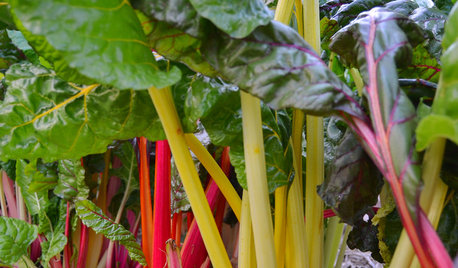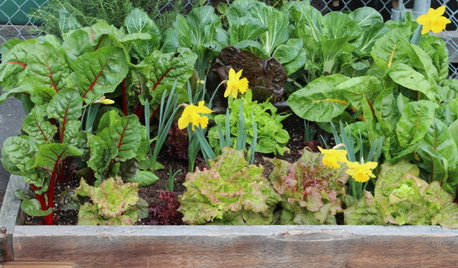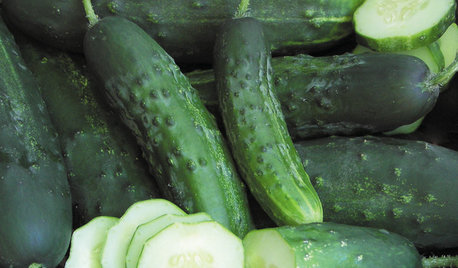How to grow seedlings with thick stems?
briergardener_gw
14 years ago
Featured Answer
Sort by:Oldest
Comments (29)
californian
14 years agodigdirt2
14 years agoRelated Professionals
Brunswick Landscape Contractors · Danvers Landscape Contractors · Fort Payne Landscape Contractors · Mission Viejo Landscape Contractors · Wayland Landscape Contractors · West Palm Beach Landscape Contractors · Hawaiian Gardens Landscape Contractors · De Luz General Contractors · Hermitage General Contractors · Hutchinson General Contractors · Jericho Stone, Pavers & Concrete · Estero Decks, Patios & Outdoor Enclosures · Fishers Decks, Patios & Outdoor Enclosures · Salisbury Decks, Patios & Outdoor Enclosures · Glendale Decks, Patios & Outdoor Enclosuresjoytwo1839
14 years agodigdirt2
14 years agoarmymomma
14 years agostruwwelpeter
14 years agodigdirt2
14 years agotimmy1
14 years agostruwwelpeter
14 years agoblameitontherain
14 years agodcarch7 d c f l a s h 7 @ y a h o o . c o m
14 years agodigdirt2
14 years agocalifornian
14 years agoanney
14 years agodigdirt2
14 years agocyrus_gardner
14 years agoinagf6
14 years agostruwwelpeter
14 years agomiesenbacher
14 years agojengc
14 years agomiesenbacher
14 years agojengc
14 years agochefrobert
14 years agohomegardenpa
14 years agostruwwelpeter
13 years agoDawn OKeefe
7 years agoalbert_135 39.17°N 119.76°W 4695ft.
7 years agoticodxb
7 years ago
Related Stories

GARDENING GUIDESSeeds or Seedlings? How to Get Your Garden Started
Growing delicious herbs and vegetables starts with knowing your goals and when you want to plant
Full Story
EDIBLE GARDENSSummer Crops: How to Grow Tomatoes
Plant tomato seedlings in spring for one of the best tastes of summer, fresh from your backyard
Full Story
GARDENING GUIDESSmall Carpenter Bees Are Looking for a Home in Your Plant Stems
Provide flowers and nesting sites in your garden for this beautiful, tiny, metallic blue wild bee — your plants will thank you
Full Story
GARDENING GUIDESCool-Season Vegetables: How to Grow Chard
A year-round garden favorite with a colorful stem, Swiss chard comes into its own in early spring and in fall
Full Story
EDIBLE GARDENSSummer Crops: How to Grow Squash
Almost foolproof and with cheerful flowers, squash comes in a wide range of varieties to plant in spring
Full Story
EDIBLE GARDENSSummer Crops: How to Grow Pumpkins
Start in spring to grow your own fall decorations and have plenty left for pies
Full Story
FARM YOUR YARDGrow a Kitchen Garden in 16 Square Feet
Got a sunny 4-by-4 space? You can make meals more interesting with your own vegetables and herbs
Full Story
GARDENING GUIDESGreat Design Plant: Grow Blueberries for Their Fruit and More
Eastern gardeners should consider growing blueberry plants for their delicious fruits, bee-friendly spring blooms and brilliant fall foliage
Full Story
SUMMER FRUITS AND VEGETABLESSummer Crops: How to Grow Cucumbers
Pick a peck for pickles or opt for fewer and raw — no matter how you slice them, cucumbers are great for summer gardens small to large
Full Story
EDIBLE GARDENSHow to Grow Your Own Sweet Summer Crops
This guide will help any gardener get started on growing the freshest warm-season veggies and berries for summer
Full StorySponsored
More Discussions







miesenbacher